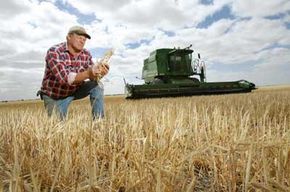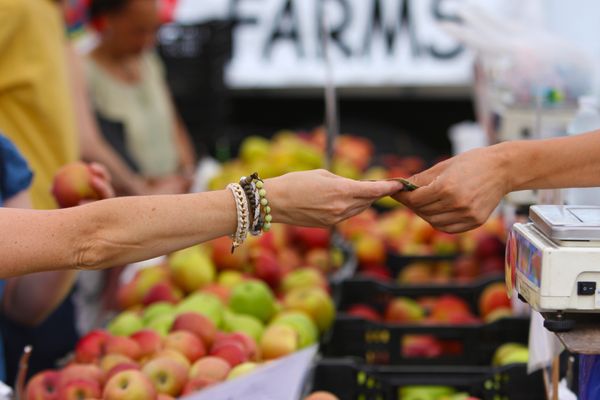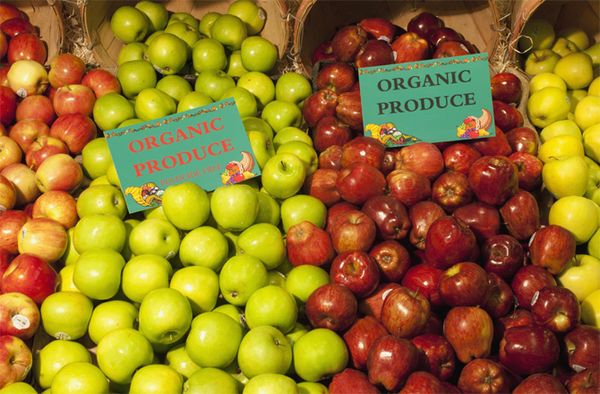Plants are crucial for the welfare of human society. They help our ecosystem function. They provide us with oxygen to breath, medicine, clothing fiber and, importantly, food. Out of the 7,000 species of plants currently used for agriculture around the planet, only 30 crops make up the world's diet. Wheat, corn and rice alone account for more than half of the world's food consumption [source: Diverseeds].
Did you ever stop to think about what might happen if these crops disappeared? Right now, for example, our wheat supply is dwindling. The world's stockpiles are at their lowest numbers in thirty years. Consumption is exceeding production, and farmers are having a tough time keeping up. Experts predict this trend is temporary [source: Streitfeld].
Advertisement
But what if it's not? Or, what if a natural disaster wipes out the majority of wheat and other important crops? Scientists think they have hit upon a solution -- seed banks.
Think of a seed bank as a savings account. Seeds are "deposited" into secure storage with the intention of "withdrawing" them in the future when they are needed. Just as you might keep money saved for an unforeseen emergency, scientists are saving up seeds to use for replanting in case certain crops die out or are destroyed. When stored correctly, seeds can remain viable for decades or even centuries [source: Minister of Agriculture and Food].
There are currently about 1,400 seed banks around the world, but the most famous is the Svalbard Global Seed Vault, which opened on Feb. 26, 2008. Also known as the Doomsday Vault, it functions as a global repository and backup for all other seed banks [source: Mellgren].
Seed banking is a complicated concept. This article will touch upon all of its facets -- why we need seed banks, who's responsible for the seeds, and how they are stored. Read on to find out why seed banking is an investment in the future of the human race.


